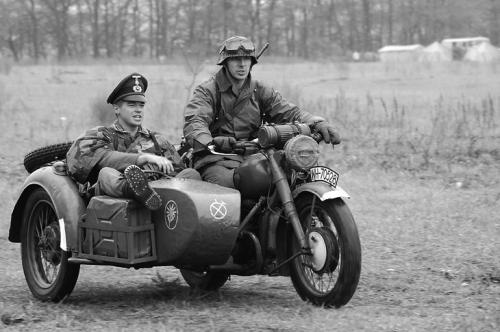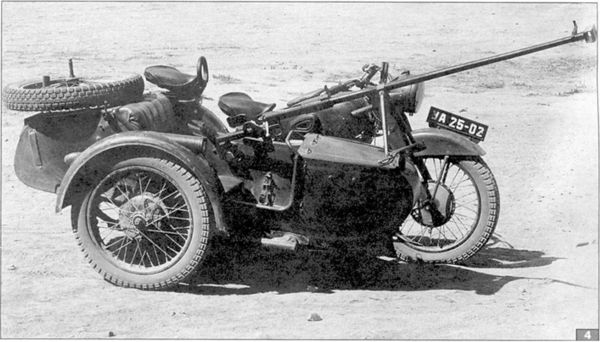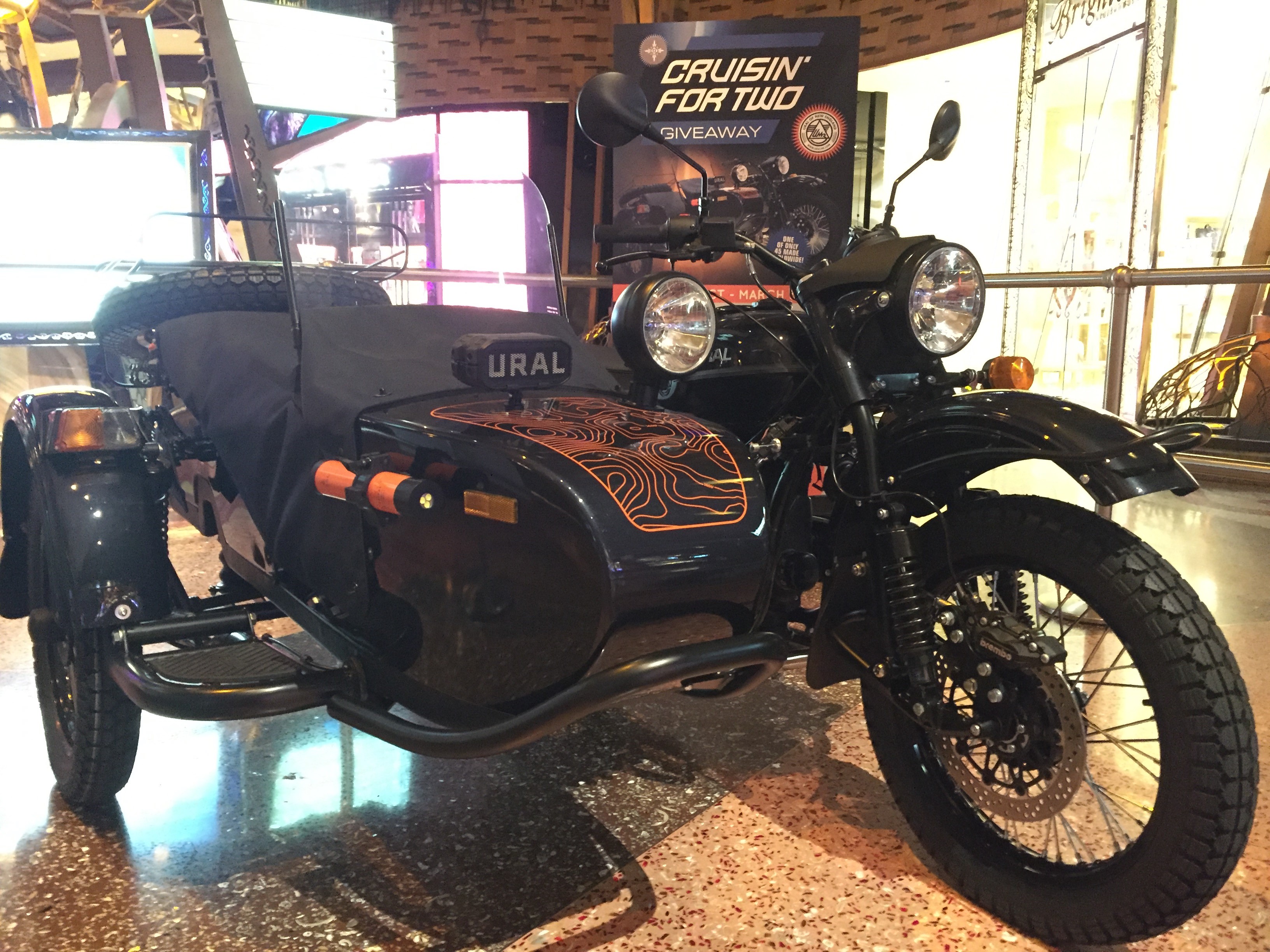AlphaCars & Ural of New England Official Blog
History of Ural
By alphacars | Posted in Unique Vehicles, Ural Sidecar Motorcycles on Wednesday, March 14th, 2018 at 3:38 pmThe Pact that Jump Started Ural
 On August 23, 1939 the Soviet Union and Germany signed the Molotov/Ribbentrop Pact or the German-Soviet Non-Aggression Pact in Moscow, but it didn’t mean tensions between the two countries were lessened. Stalin began planning and preparing for when this pact would no longer be in play. He only needed time to prepare his army who were tremendously ill equipped to be at war with Nazi Germany. The biggest concern at the time was to defend their country from invasion. To do this, Stalin needed to enhance his army by giving them modernized equipment. Ground troops and Special Forces were priority. Stalin had seen the devastating effects of the blitzkrieg on Poland and he knew mobilization was the key to victory. The current state of their vehicles were unreliable and did not suit their needs anymore. They needed something new in which they could rely on.
On August 23, 1939 the Soviet Union and Germany signed the Molotov/Ribbentrop Pact or the German-Soviet Non-Aggression Pact in Moscow, but it didn’t mean tensions between the two countries were lessened. Stalin began planning and preparing for when this pact would no longer be in play. He only needed time to prepare his army who were tremendously ill equipped to be at war with Nazi Germany. The biggest concern at the time was to defend their country from invasion. To do this, Stalin needed to enhance his army by giving them modernized equipment. Ground troops and Special Forces were priority. Stalin had seen the devastating effects of the blitzkrieg on Poland and he knew mobilization was the key to victory. The current state of their vehicles were unreliable and did not suit their needs anymore. They needed something new in which they could rely on.
With a pact like this no one was sure when it would end or be violated, the urgency of the situation was sensed by everyone. Discussions began on what type of motorcycle to use for their reconnaissance team and other mobile troops. It needed to be able to handle the rough terrain of the countryside and be able to carry at least two people. Two people on a bike so one could shoot on a gun mount if they came under enemy fire. They decided that BMW’s R71 would suit their needs. This could be difficult seeing as BMW’s factory was in Germany. Surprisingly, to show that they were upholding their end of the pact, the BMW factory sent drawings and molds of the bike. The Soviet Union also purchased 5 of the motorcycles from Sweden and had them smuggled into the country, one of which survived and is on display in IMZ-Ural factory museum. When the 5 BMW bikes arrived, Soviet engineers set to work taking them apart and then reverse engineered the entire bike. Finally, in 1941, the samples (called the M-72) were given to Stalin, who approved the project for immediate mass production where 9,799 M-72’s would be manufactured and used over the course of the war.
everyone. Discussions began on what type of motorcycle to use for their reconnaissance team and other mobile troops. It needed to be able to handle the rough terrain of the countryside and be able to carry at least two people. Two people on a bike so one could shoot on a gun mount if they came under enemy fire. They decided that BMW’s R71 would suit their needs. This could be difficult seeing as BMW’s factory was in Germany. Surprisingly, to show that they were upholding their end of the pact, the BMW factory sent drawings and molds of the bike. The Soviet Union also purchased 5 of the motorcycles from Sweden and had them smuggled into the country, one of which survived and is on display in IMZ-Ural factory museum. When the 5 BMW bikes arrived, Soviet engineers set to work taking them apart and then reverse engineered the entire bike. Finally, in 1941, the samples (called the M-72) were given to Stalin, who approved the project for immediate mass production where 9,799 M-72’s would be manufactured and used over the course of the war.
 In 1941 Nazi Germany attacked, just as Stalin knew they would; and with their attack came a new serious problem. Most of the Soviet Union’s key industrial factories – who were supplying them with military weapons and vehicles – were within range of German bombers, even in Moscow. Stalin ordered an evacuation and relocation of all the factories.
In 1941 Nazi Germany attacked, just as Stalin knew they would; and with their attack came a new serious problem. Most of the Soviet Union’s key industrial factories – who were supplying them with military weapons and vehicles – were within range of German bombers, even in Moscow. Stalin ordered an evacuation and relocation of all the factories.
 The M-72 factory was transferred into a small trading town called Irbit in the Ural Mountain Region. It had been a key player in trade until the Revolution in 1917. Once the M-72 factory moved it continued production of the military use vehicles even after the war had ended. Later, the motorcycles manufactured in Irbit became known as Urals and the manufacturer was called Irbit Motorcycle Works (IMZ). In early 1950’s a factory in Ukraine took over military Ural production, IMZ continued to make their motorcycles for both military and civilian use, but in early 1960’s they were solely making Urals for civilian use. Between the switch of military production between IMZ and Ukraine factory the M-72 line was sold to China in 1957, and would later make their own version called the Chiang Jiang.
The M-72 factory was transferred into a small trading town called Irbit in the Ural Mountain Region. It had been a key player in trade until the Revolution in 1917. Once the M-72 factory moved it continued production of the military use vehicles even after the war had ended. Later, the motorcycles manufactured in Irbit became known as Urals and the manufacturer was called Irbit Motorcycle Works (IMZ). In early 1950’s a factory in Ukraine took over military Ural production, IMZ continued to make their motorcycles for both military and civilian use, but in early 1960’s they were solely making Urals for civilian use. Between the switch of military production between IMZ and Ukraine factory the M-72 line was sold to China in 1957, and would later make their own version called the Chiang Jiang.







